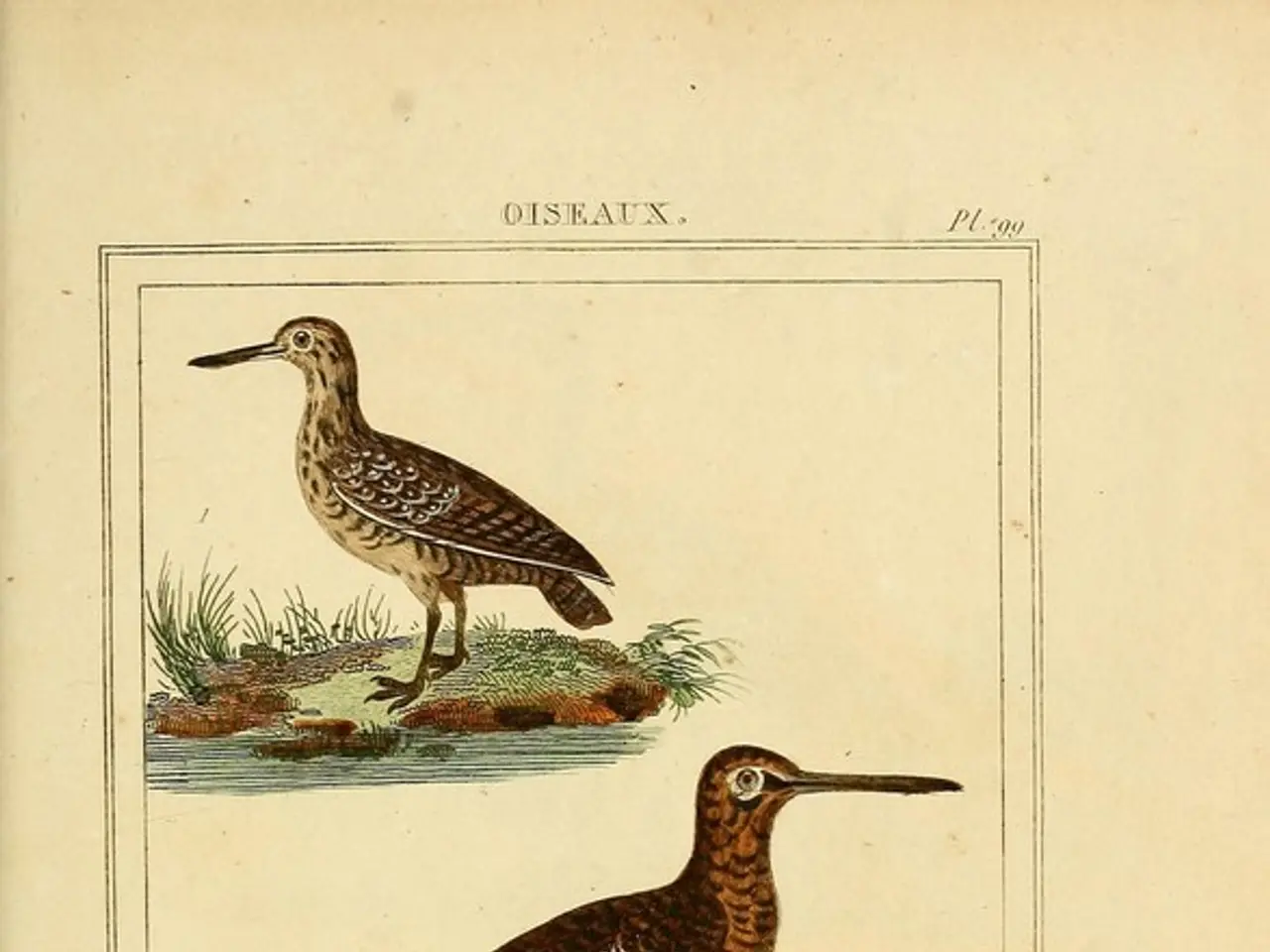Hummingbirds Attracted to Two Blooming Flowers that Thrive from Summer to Autumn - A Flowery Duo to Admire
Creating a Hummingbird-Friendly Garden: A Guide to Attracting these Vibrant Visitors
In the world of gardening, there's a special delight in attracting hummingbirds. These tiny, vibrant creatures bring a touch of magic to any garden. Here's a guide to help you create a hummingbird-friendly garden.
Flowers that Hummingbirds Love
Agastache, commonly known as hummingbird mint or hyssop, is a popular choice. Its vibrant, tubular flowers make it a magnet for hummingbirds. For a bolder pop of color, consider planting the Pink 'Maestro Coral' variety of agastache.
Zinnias are another favorite. They bloom abundantly, especially during late summer and early fall, providing a crucial food source for migrating hummingbirds. These flowers are suitable for pots, borders, and make excellent cut flowers for indoor arrangements. Deadheading early faded flowers encourages repeat blooms.
Pairing Plants for a Continuous Nectar Supply
Beyond zinnias and agastache, several other excellent plants attract and pair well for hummingbirds. Bee Balm (Monarda), Columbine (Aquilegia), Nasturtium, Penstemon, Lupin, Salvia, Cardinal Flower (Lobelia cardinalis), Physostegia, Chelone, Lonicera (honeysuckle), Heuchera, Phlox, Silphium, Liatris, Dicentra (bleeding heart), Echinacea (coneflowers), and Iris are all noted for their varying shapes and colors that appeal to hummingbirds.
Pairing these plants thoughtfully can create a continuous and accessible nectar supply. Mix tall spiky flowers like agastache or bee balm with mid-height and lower bloomers like zinnias or nasturtiums, enhancing both visual appeal and hummingbird feeding opportunities.
Caring for Your Hummingbird Garden
Agastache has tall flower spikes in shades of purple, pink, orange, or blue, adding vertical interest and a pop of color in borders or containers. Agastache does best in full sun in well-drained soil and needs minimal watering and just occasional deadheading to encourage extended blooming.
Zinnias come in various colors and petal styles, but simpler flowers are more appealing to hummingbirds. They are easy to grow from seed and are drought-tolerant once established. Deadheading early faded flowers encourages repeat blooms.
Enhancing Your Hummingbird Experience
Consider adding hummingbird feeders to your garden, filled with sugar water. Opt for bee and ant-proof designs like Bolite glass hummingbird feeders. Agastache's aromatic foliage, which is reminiscent of mint or licorice, adds another appealing sensory layer to the garden.
For a classic look, try the Blue Giant agastache, available from Walmart. Avoid deadheading at the end of the season if you want zinnias and agastache to self-seed, providing beauty year after year without becoming aggressive or invasive.
With these tips, you're well on your way to creating a hummingbird-friendly garden that will bring joy to both you and your feathered friends. Happy gardening!
[1] Gardening Know How [2] The Spruce [3] Birds and Blooms [4] HGTV [5] National Wildlife Federation
Incorporating home-and-garden elements tailored for hummingbirds can significantly enhance your lifestyle by attracting these vibrant visitors. Beyond the recommended agastache and zinnias, consider adding bee balm, Columbine, Nasturtium, Penstemon, Lupin, Salvia, Cardinal Flower, Physostegia, Chelone, Lonicera, Heuchera, Phlox, Silphium, Liatris, Dicentra, Echinacea, and Iris to your hummingbird-friendly garden for continuous nectar supply. These plants, with their varying shapes and colors, will appeal to hummingbirds and create a garden that radiates a hummingbird-friendly lifestyle.




